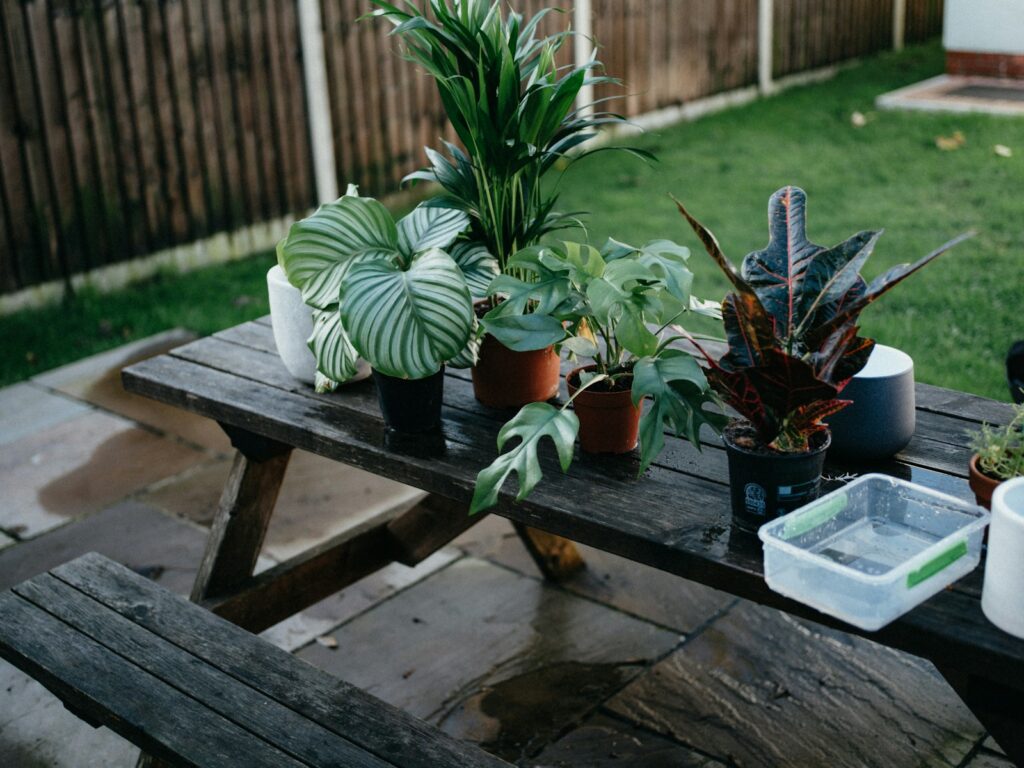Why Proper Plant Care Matters
Taking care of plants isn’t just about watering them now and then—it’s about creating an environment where they can truly flourish. Proper plant care enhances the beauty of your home, boosts your mood, and even improves air quality. Whether you’re nurturing leafy indoor companions or vibrant outdoor blooms, understanding their needs is key to success.
Healthy plants reward you with lush growth, vibrant colors, and, in some cases, fresh herbs, fruits, or flowers. Plus, tending to plants can be a calming, therapeutic part of your daily routine.
Essential Elements of Plant Care
Watering Wisely
Watering is crucial—but it’s easy to overdo or underdo it.
- Check soil moisture before watering; stick your finger about an inch into the soil.
- Water deeply and less frequently rather than shallow watering daily.
- Adjust to the seasons: Plants often need more water in summer and less in winter.
Each plant has unique watering needs, so always research your specific plant species.
Lighting Requirements
Light is life for plants, but different plants have different needs:
- Bright, direct light: Succulents, cacti, and most flowering plants thrive here.
- Indirect light: Ideal for ferns, peace lilies, and snake plants.
- Low light: ZZ plants and pothos can tolerate lower light levels.
Observe your plants: if they become leggy or their colors fade, they may be craving more light.
Feeding and Fertilizing
Plants need nutrients to stay strong and vibrant.
- Use a balanced fertilizer during the growing season (spring and summer).
- Slow down fertilizing during fall and winter when most plants rest.
- Follow instructions carefully to avoid overfeeding, which can damage roots.
Organic options like compost tea or fish emulsion provide gentle, natural nourishment.
Common Plant Care Mistakes to Avoid
- Overwatering: One of the leading causes of houseplant death.
- Ignoring pests: Check leaves regularly for insects like spider mites or aphids.
- Wrong pot size: Plants outgrowing their pots can become root-bound and stressed.
- Neglecting repotting: Fresh soil and roomier pots give plants a vital growth boost.
Being attentive and proactive makes all the difference between thriving and struggling plants.
Conclusion: Grow with Confidence
Plant care isn’t about perfection—it’s about connection. By understanding your plants’ basic needs and paying attention to their signals, you’ll create a thriving, green oasis indoors or out. Whether you’re a total beginner or a seasoned grower, a little love, patience, and the right care will keep your plants healthy and happy for years to come.
Happy growing! 🌿
FAQs About Plant Care
How often should I water my plants?
It depends on the plant type, size, and environment. A good rule is to check the soil moisture—if the top inch is dry, it’s time to water. Generally, most indoor plants need watering once a week, but always adjust based on seasons and plant needs.
What’s the best light for indoor plants?
Most indoor plants prefer bright, indirect light. However, some, like succulents and cacti, love direct sunlight, while others, like snake plants and ZZ plants, tolerate low-light conditions. Always match the plant species to the lighting available.
How can I tell if my plant needs more fertilizer?
Signs your plant might need feeding include slow growth, pale or yellowing leaves, and a general lack of vibrancy. During the growing seasons (spring and summer), feed your plants monthly with a balanced fertilizer unless otherwise specified.
What should I do if I notice pests on my plants?
Isolate the affected plant immediately. Gently wipe leaves with soapy water, or use natural pest control solutions like neem oil sprays. Regularly inspecting your plants can catch infestations early before they spread.
When should I repot my plant?
Repot your plant when you notice roots growing out of the drainage holes, soil drying out too quickly, or when growth significantly slows. Typically, most plants need repotting every 1-2 years into a container about 1-2 inches larger in diameter.
